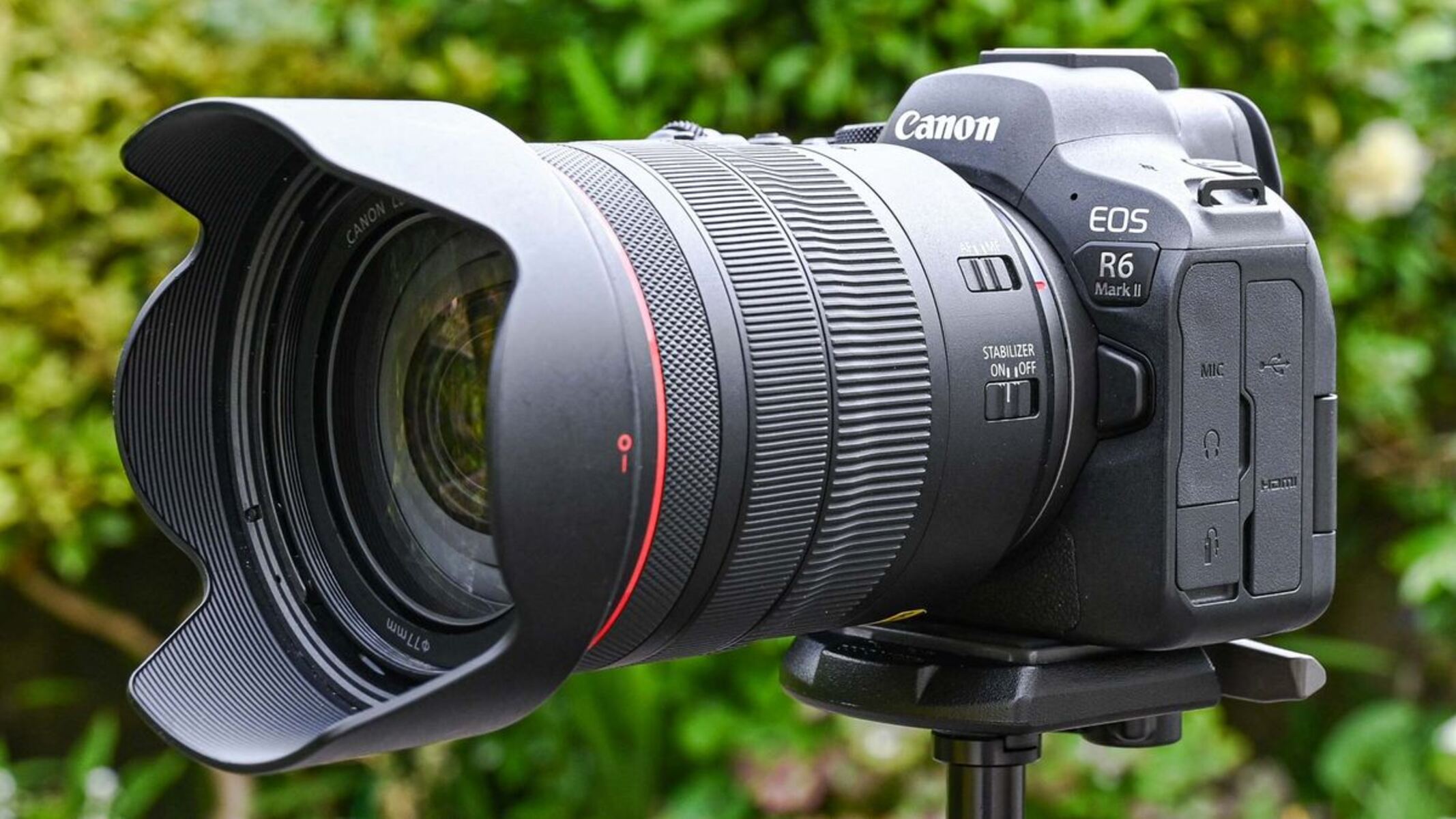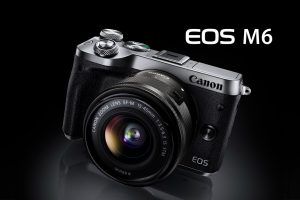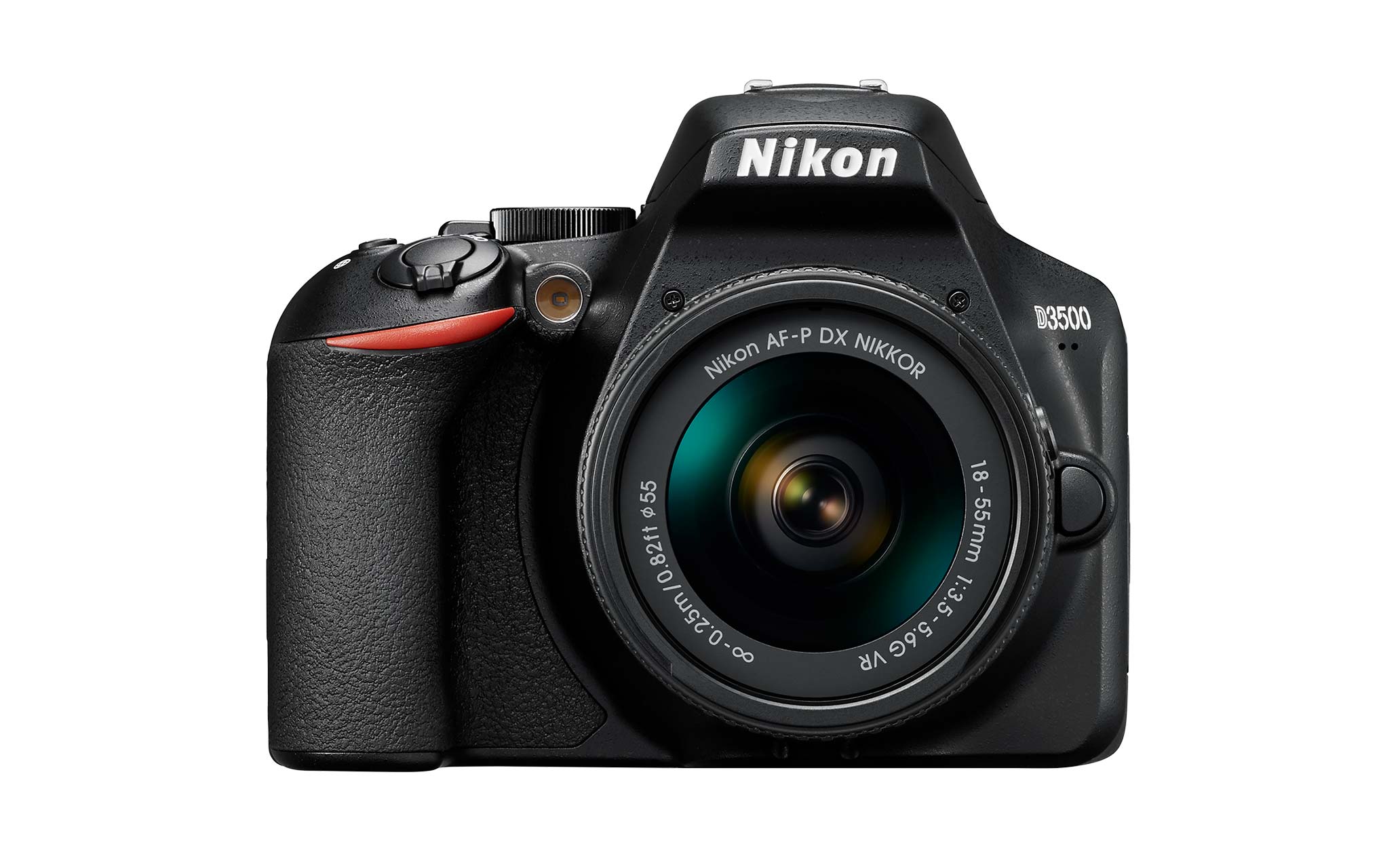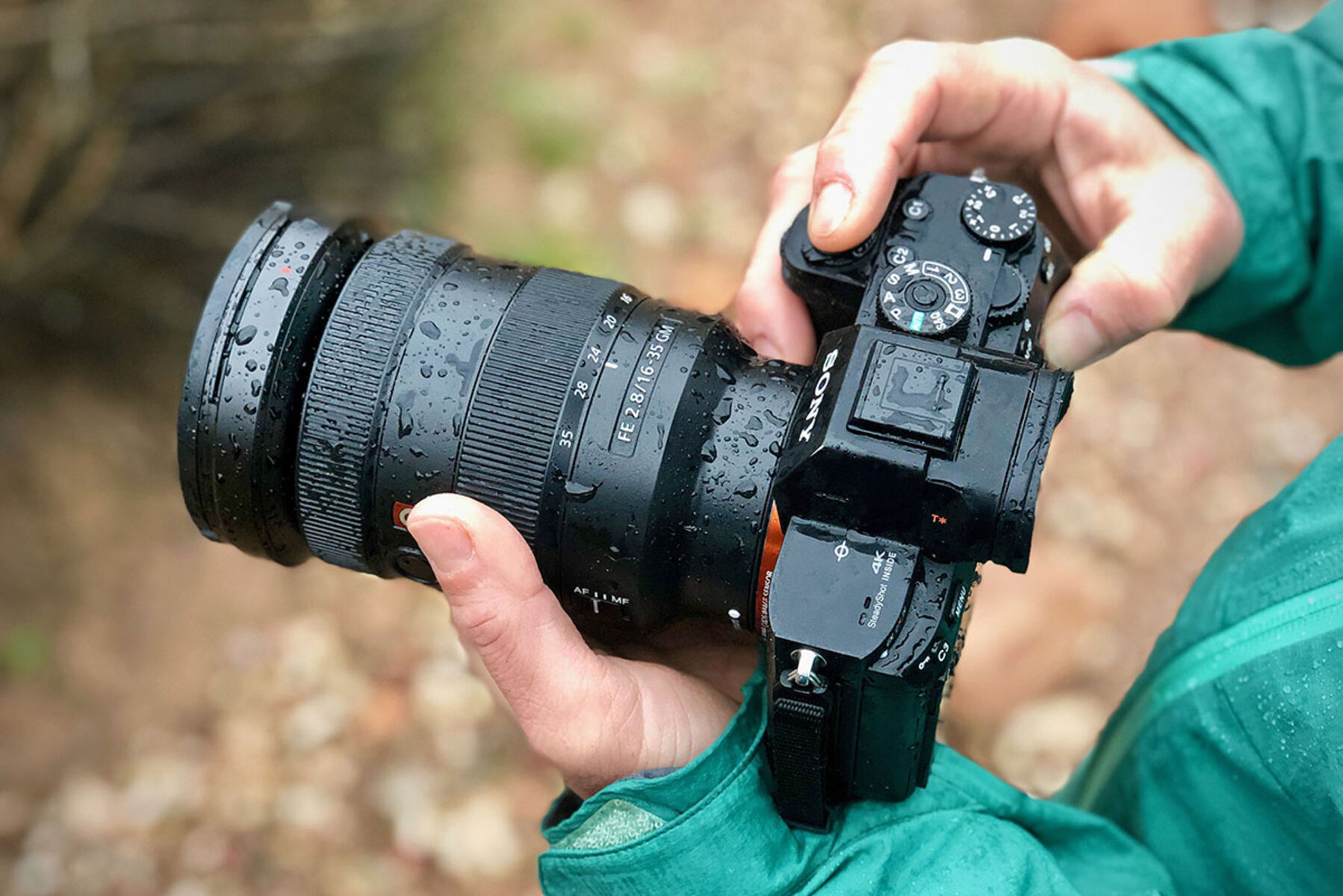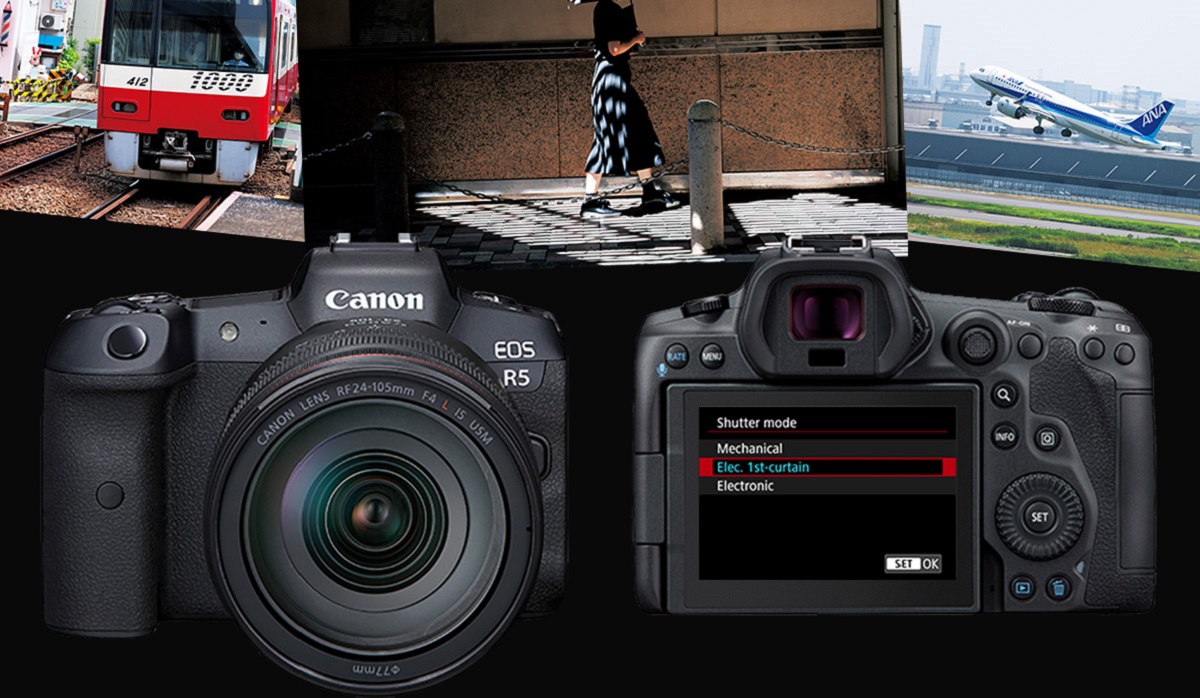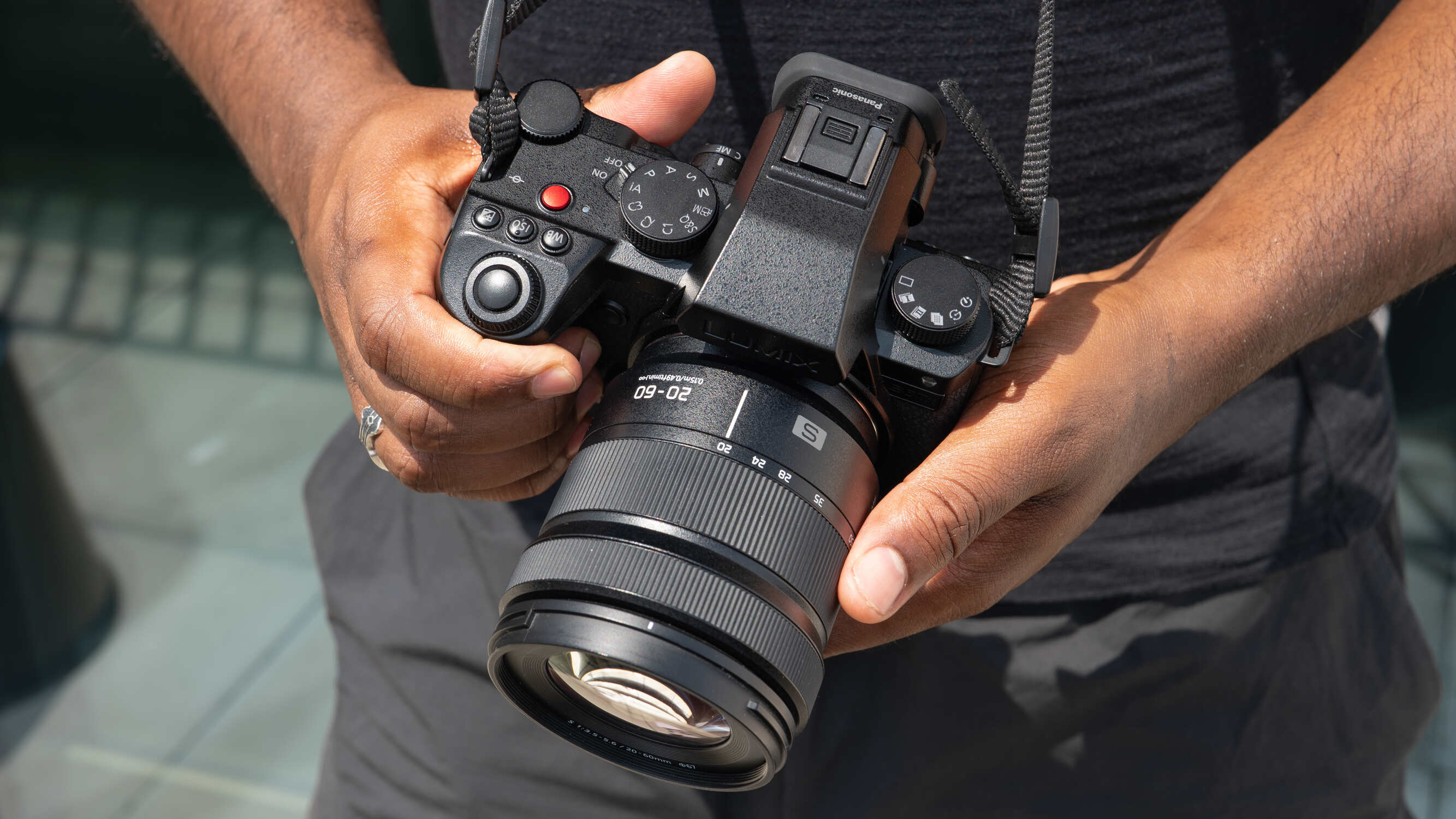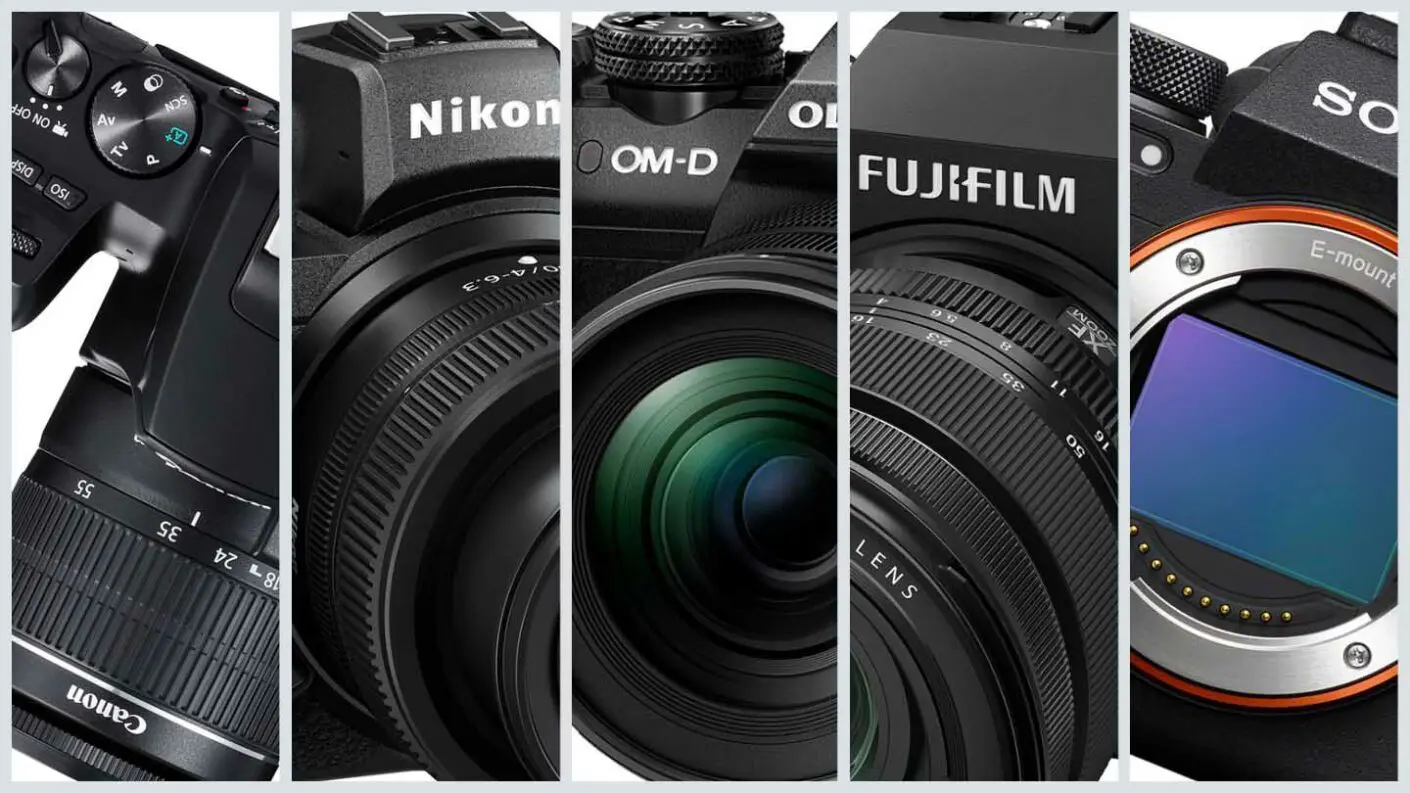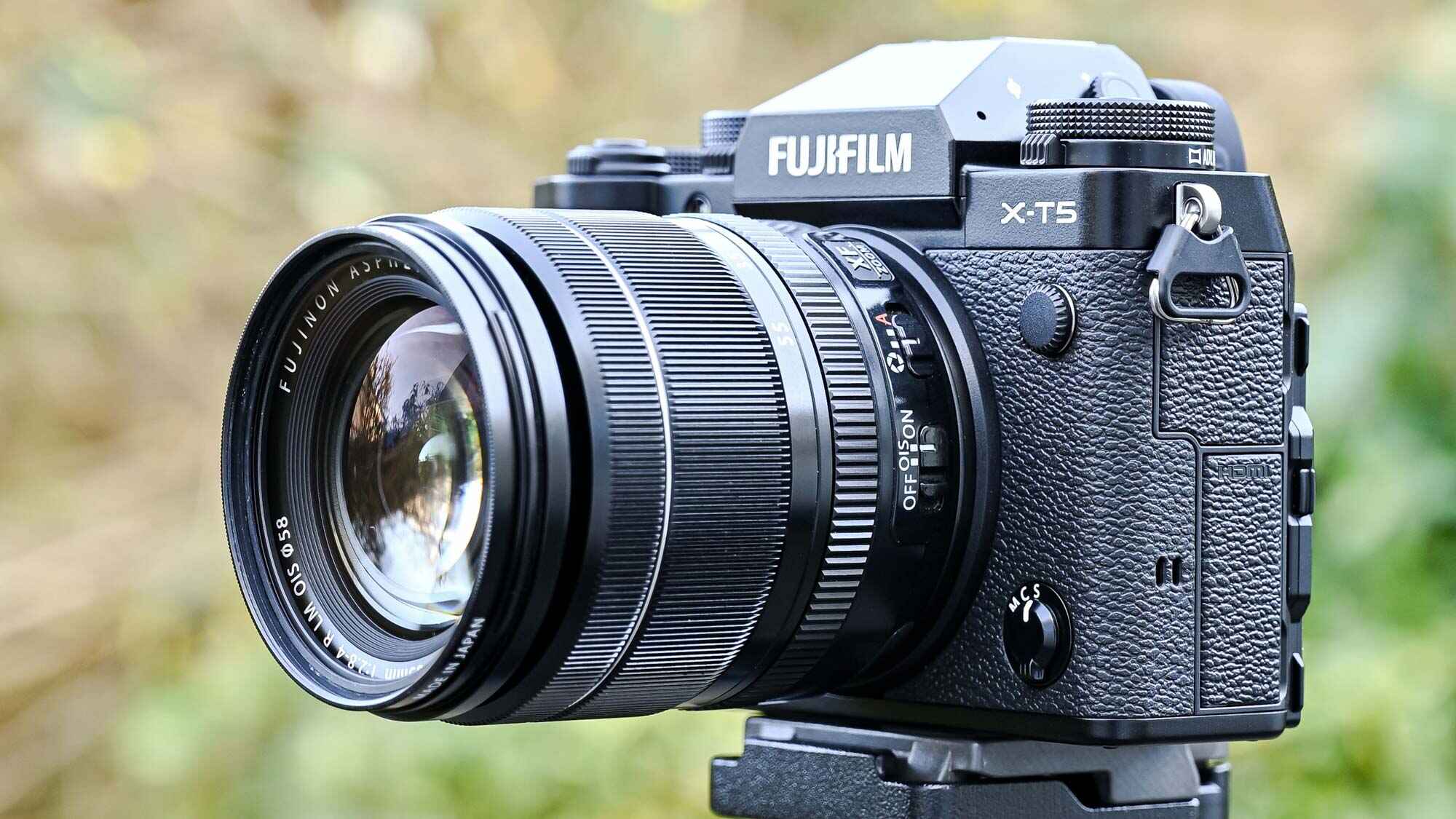Introduction
Mirrorless cameras have gained immense popularity among photography enthusiasts and professionals due to their compact size, versatility, and exceptional image quality. As a photographer, understanding the lifespan of your mirrorless camera is crucial for making informed decisions about maintenance, upgrades, and replacements. In this guide, we will delve into the various factors that influence the longevity of mirrorless cameras, provide maintenance tips to extend their lifespan, and highlight signs that indicate it may be time for a replacement.
Whether you are an avid traveler capturing breathtaking landscapes or a portrait photographer seeking to freeze precious moments, your mirrorless camera is a valuable tool that deserves proper care and attention. By comprehending the factors that impact its longevity and implementing effective maintenance practices, you can maximize the lifespan of your mirrorless camera, ensuring that it continues to deliver stunning imagery for years to come.
Join us as we explore the intricate world of mirrorless cameras, uncovering the secrets to prolonging their lifespan and preserving their optimal performance. Whether you are a seasoned professional or a budding photography enthusiast, this guide aims to equip you with the knowledge and strategies needed to safeguard your investment and unleash the full potential of your mirrorless camera.
Factors Affecting the Lifespan of a Mirrorless Camera
The longevity of a mirrorless camera is influenced by a myriad of factors, each playing a significant role in determining its overall lifespan. Understanding these factors is essential for photographers seeking to maximize the durability and performance of their beloved camera equipment.
- Shutter Mechanism: The shutter mechanism is a critical component of a mirrorless camera, responsible for capturing images by opening and closing at precise intervals. The lifespan of a mirrorless camera is often closely tied to the number of actuations the shutter can endure before requiring replacement. Higher-end models typically boast shutter durability of 200,000 actuations or more, while entry-level cameras may have a lower shutter lifespan. Regularly monitoring the shutter count and considering its potential lifespan is crucial for assessing the longevity of your mirrorless camera.
- Build Quality: The construction and build quality of a mirrorless camera heavily influence its resilience to environmental factors, physical wear, and tear. Cameras crafted from robust materials such as magnesium alloy are generally more durable and capable of withstanding rigorous usage. Additionally, weather-sealing features can protect the camera from dust, moisture, and extreme conditions, further contributing to its longevity.
- Sensor Degradation: Over time, the image sensor of a mirrorless camera may experience degradation, impacting its overall performance and image quality. Factors such as exposure to intense heat, humidity, and prolonged use at high ISO settings can expedite sensor deterioration. Proper maintenance and adhering to recommended usage guidelines can mitigate sensor degradation, prolonging the camera’s lifespan.
- Battery Cycle Count: The rechargeable lithium-ion batteries utilized in mirrorless cameras have a finite lifespan, often measured in charge cycles. Regularly monitoring the battery cycle count and adhering to proper charging practices can help extend the longevity of the batteries, thereby enhancing the overall lifespan of the camera.
- Environmental Exposure: The environmental conditions to which a mirrorless camera is exposed can significantly impact its lifespan. Extreme temperatures, excessive humidity, and exposure to corrosive elements can expedite the deterioration of internal components. Proper storage, cleaning, and protection from harsh environments are essential for preserving the longevity of a mirrorless camera.
By considering these influential factors and implementing proactive measures to mitigate their impact, photographers can effectively prolong the lifespan of their mirrorless cameras, ensuring years of reliable performance and exceptional image capture capabilities.
Maintenance Tips to Extend the Lifespan
Proactive maintenance is paramount in preserving the longevity and optimal performance of a mirrorless camera. By adhering to a comprehensive maintenance regimen, photographers can safeguard their valuable equipment from premature wear and ensure consistent, high-quality results throughout its lifespan.
- Regular Sensor Cleaning: The image sensor is a critical component of a mirrorless camera, and keeping it free from dust, smudges, and debris is essential for maintaining image quality. Utilizing specialized sensor cleaning kits and techniques recommended by the camera manufacturer can effectively remove contaminants, prolonging the sensor’s functionality and preserving image clarity.
- Shutter Count Monitoring: Keeping track of the shutter actuations through the camera’s internal menu or dedicated software allows photographers to assess the remaining lifespan of this crucial component. Monitoring the shutter count enables timely planning for potential replacements, preventing unexpected malfunctions that could compromise the camera’s usability.
- Battery Care: Proper battery maintenance, including regular charging, avoiding deep discharges, and utilizing manufacturer-approved chargers, can extend the lifespan of lithium-ion batteries. Additionally, storing batteries in a cool, dry environment when not in use can help preserve their longevity and overall performance.
- Protective Storage and Transportation: Utilizing protective cases, camera bags, and lens pouches shields the equipment from physical damage, moisture, and dust during storage and transportation. Properly securing and cushioning the camera and lenses mitigates the risk of impact-related wear and safeguards delicate internal components.
- Firmware Updates: Regularly updating the camera’s firmware as per the manufacturer’s recommendations ensures that the device operates with the latest performance enhancements, bug fixes, and compatibility improvements. Firmware updates can address potential issues that may impact the camera’s lifespan and optimize its functionality.
By incorporating these maintenance tips into their routine care practices, photographers can effectively extend the lifespan of their mirrorless cameras, preserving their investment and ensuring consistent, high-quality performance for years to come.
Signs That Your Mirrorless Camera May Need Replacement
As with any electronic device, mirrorless cameras exhibit signs of wear and aging over time, indicating the need for potential replacement. Recognizing these indicators is crucial for photographers to make informed decisions about the continued usability and reliability of their camera equipment.
- Declining Image Quality: A noticeable deterioration in image sharpness, color accuracy, or the presence of persistent artifacts in photographs may signify underlying issues with the camera’s sensor, lens mount, or internal components. If attempts to rectify these issues through cleaning and maintenance do not yield improvement, it may be an indication that the camera’s lifespan is nearing its end.
- Unreliable Performance: Frequent malfunctions, erratic behavior, or unexplained errors during operation, such as intermittent freezing, autofocus inconsistencies, or exposure inaccuracies, can be indicative of internal component degradation or electronic failures. Persistent performance issues that cannot be resolved through troubleshooting may warrant consideration for a replacement.
- Excessive Shutter Wear: For cameras with a high shutter count nearing or surpassing the manufacturer’s rated lifespan, the increased likelihood of shutter-related malfunctions, inconsistencies in exposure, or unexpected failures may signal the need for a replacement. Monitoring the shutter count and assessing its proximity to the expected lifespan can aid in preemptive replacement planning.
- Physical Damage: Significant physical damage, such as cracks in the camera body, impact-related dents, or moisture ingress, can compromise the structural integrity and functionality of the camera. Despite potential repairs, extensive physical damage may indicate that the camera’s overall lifespan and usability have been compromised, warranting consideration for replacement.
- Outdated Technology: Advancements in camera technology and features may render older models obsolete in comparison to newer offerings. If the camera’s capabilities, performance, or compatibility with modern accessories and software no longer meet the photographer’s requirements, an upgrade to a more current model may be warranted.
By remaining vigilant for these signs and promptly addressing any indications of deteriorating performance or usability, photographers can make informed decisions about the potential need for a replacement mirrorless camera, ensuring continued access to reliable and high-quality imaging capabilities.







